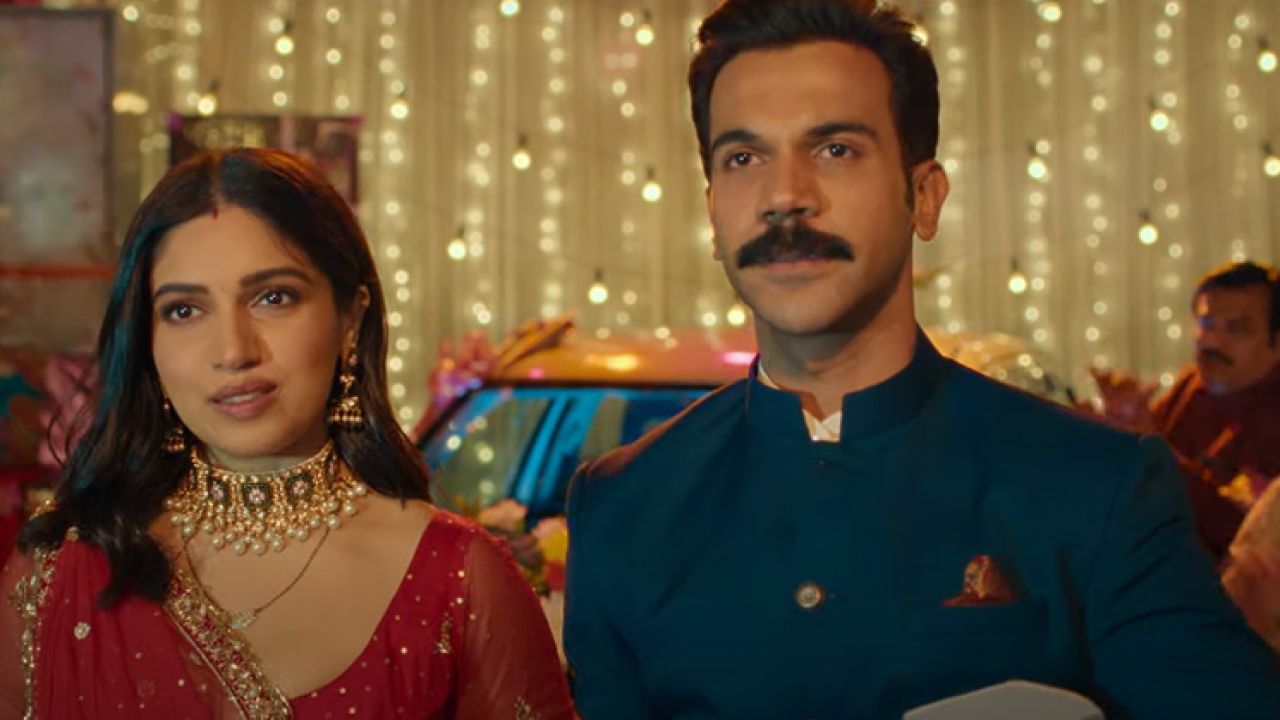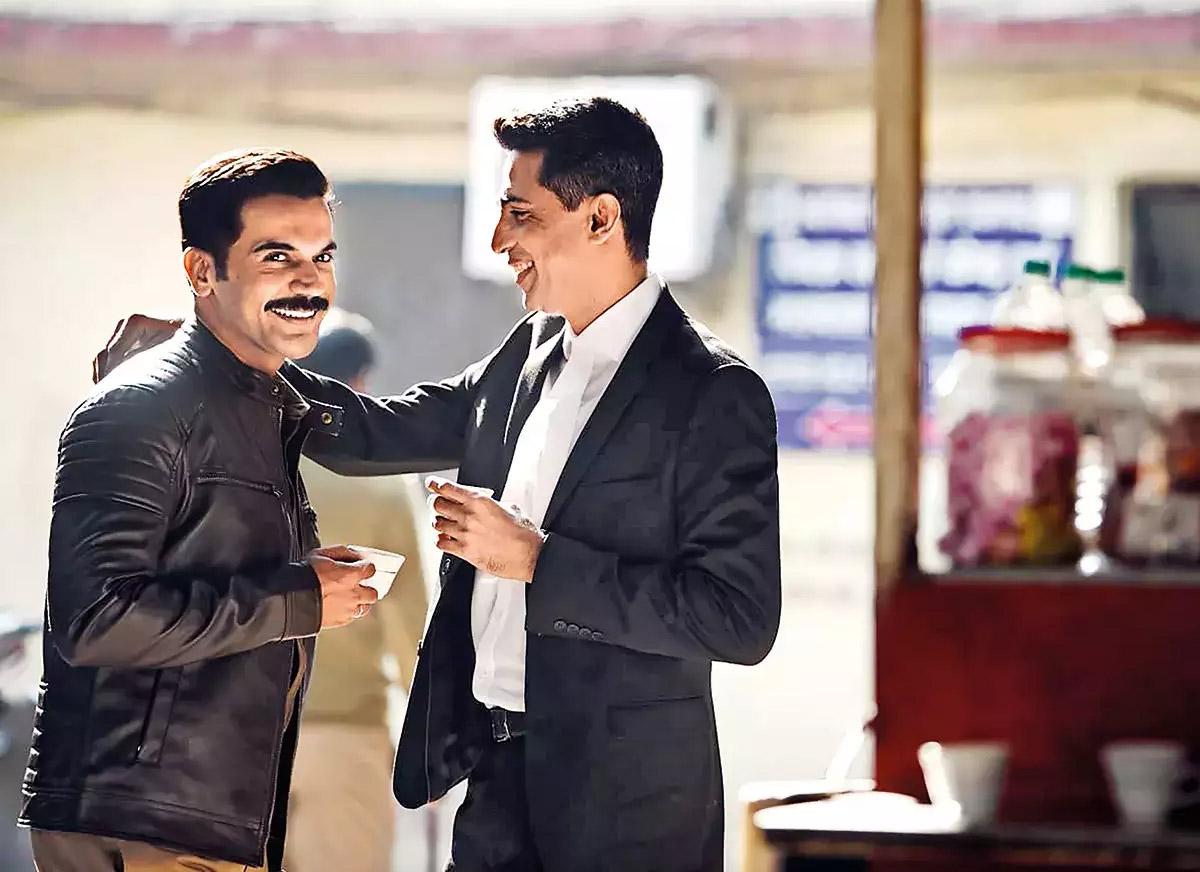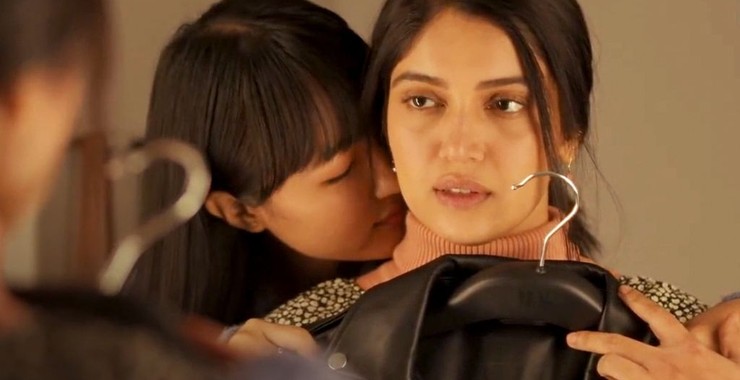During the early days of Hollywood, a gay actor or actress had to keep their sexual preferences hidden for the fear of ruining their careers. To give the appearance of being straight — and often at the insistence of their agents or studio, homosexual entertainers would sometimes marry a person of the opposite sex in what was known as a ‘lavender marriage.’ Lavender marriages were a solution in part for “moral clauses” issued by big studios at the time. The clauses, first introduced by Universal Film Company, permitted the company to discontinue actors’ salaries “if they forfeit the respect of the public.” The kind of behaviour deemed unacceptable ranged widely from criminal activity to association with any conduct that was considered indecent or startling to the community. Lavender marriages date back to the early 20th century and carried on past the gay liberation movement of the 1960s. Stephen Tropiano in his book, The Prime Time Closet: A History of Gays and Lesbians in TV argued that, while queerness could be appreciated on stage, but in everyday lives of major stars, it was often hidden in sham unions, or lavender marriages.
Also read: ‘Jhund’ Film Review: A Rousing Narrative On ‘Bahishkrit Bharat’
Premised on this, the new Netflix release Badhaai Do, tells us the story of a lesbian woman and a gay man, who enter into a marriage to negotiate their personal choices. Shardul Thakur is a cop, who in the course of the film quite provocatively calls himself a “Homocop, just like a Robocop”. Suman Singh, is a physical education teacher, trying desperately to date in small town while keeping her “secret” intact. She also falls in trouble because of this, when a boy tries to blackmail her to have a sexual relationship or he will out her!
Soon, Shardul and Sumi meet and decide on an arrangement, a lavender marriage. The marriage in this case, gives them a space to negotiate their choices and one could also possibly see a thriving comradeship, to battle the many odds that their immediate society was putting their way.

As a viewer, this was my first moment of cringe and I felt enraged on Sumi’s behalf, her helplessness was jarring. Soon, Shardul and Sumi meet and decide on an arrangement, a lavender marriage. The marriage in this case, gives them a space to negotiate their choices and one could also possibly see a thriving comradeship, to battle the many odds that their immediate society was putting their way. Interestingly, the characters go through a series of adventures in their quest to hide their sexual orientation, this soon becomes a cat and mouse situation, more like a difficult chase, the film throws up many moments, when they are about to be “caught”. Alongside, their partners are everything that the protagonists are not. First and foremost, they are “out and about”, Sumi’s girlfriend is a young woman named Rimjhim. She has walked out on her family and lives on her terms. She even reprimands Sumi on many an occasion for her cover-ups and a sham marriage. Shardul’s boyfriend is a lawyer and an activist, who in an important scene, is dancing unapologetically in a gay wedding “baraat”, when Shardul meets him for the first time.


In a way, their partners, represent queer identities we as a society are comfortable with, the activist, the rebel, those who has denounced her home. It is probably a pleasure to see such familiar tropes on screen as well and it appeases our “liberal outlook” sufficiently. However, the protagonists are a straight up a jolt to our sensibilities, perhaps they are attack on our “urban, liberal, ideals”. They lie and cheat the system many times; they get their way through conveniently by “defiling the sanctity of marriage”. In fact, Sumi, in one of the final scenes of the film admits how it is convenient to adopt a child for her and Shardul (an opportunity not available for homosexual partners in India), and the couple informs their families that they will not file for a divorce. She quite unapologetically admits to her audience that, “single ladkiyaan chahe toh kar sakti hain baccha adopt, kyunki main lesbian hu, to mere paas legally yeh haq nahin hain.” (If single women want, they can adopt a kid, but I don’t have the legal right to do the same, as a lesbian). Personally for me, this was one of the win moments of the story, when the protagonists for the second time, have found a loophole in the legal system to their benefit, a system that is designed to deny and discriminate against them.
Moreover, this is also in some ways, a threat to our “queer friendly” attitude that is at unease with queer members, “cheating the system”. We often envision members of the LGBTIQ+ community to be activists, fighting the system but are quick to judge them for their “lies”. This goes to further illustrate what I argue as “permissible limits of our own liberal thought”, that only allows for certain kinds of queer identities to exist and thrive, while continuously pushing away others (towards the margin). The idea struck me more, while talking about the film with a number of my friends, who seemed to feel “uncomfortable with the lies”. “Why can’t they come out to their families? Doesn’t the film give us a wrong message?” Those who didn’t have a stronger opinion just ended at “Ah! It was too mainstream masala”. These reactions make up for two kinds of opinions, firstly, a moralistic idea of “lies are bad”, without so much considering the social context in which lies are produced and secondly, the still prevalent notion that certain “alternative subjects of queer identity” should remain in the domain of parallel cinema or art house productions. The idea of queer protagonists inhabiting a typical Bollywood setting is disconcerting for many.
The beauty of Badhaai Do for me lies in its fractured narrative, its many lies, and the flawed central characters and most importantly how the protagonists use the loopholes in the legal system for their benefit. It represents a certain reversal of norms, a rogue charm, where they have ultimately managed to push the limits the existing social structure to create a niche space for themselves and their individual choices.
We are confused and divided in how we feel about the film. But the beauty of Badhaai Do for me lies in its fractured narrative, its many lies, and the flawed central characters and most importantly how the protagonists use the loopholes in the legal system for their benefit. It represents a certain reversal of norms, a rogue charm, where they have ultimately managed to push the limits the existing social structure to create a niche space for themselves and their individual choices. And they managed to do so by manipulating the notion of marriage. Finally, the reversal of norms also happens, in the very way the concept of the lavender marriage becomes a medium of exercising individual agency, something that early Hollywood actors were denied (as in their cases, the studios compelled them to go about lavender marriages).

Also read: Film Review: Sisak – India’s First Silent Film On Queer Love
The story is an ultimate collective victory of choices, for both Sumi and Shardul, and also their partners, who each have a distinct participation in their new parenthood. In doing so, it breaks stereotypes many times throughout its course, setting the right precedence for a victory narrative.
Madhulagna is a passionate feminist, relearning the ways of seeing and interpreting the world around her.
Featured image source: gqindia.com





Thanks for sharing the blog.